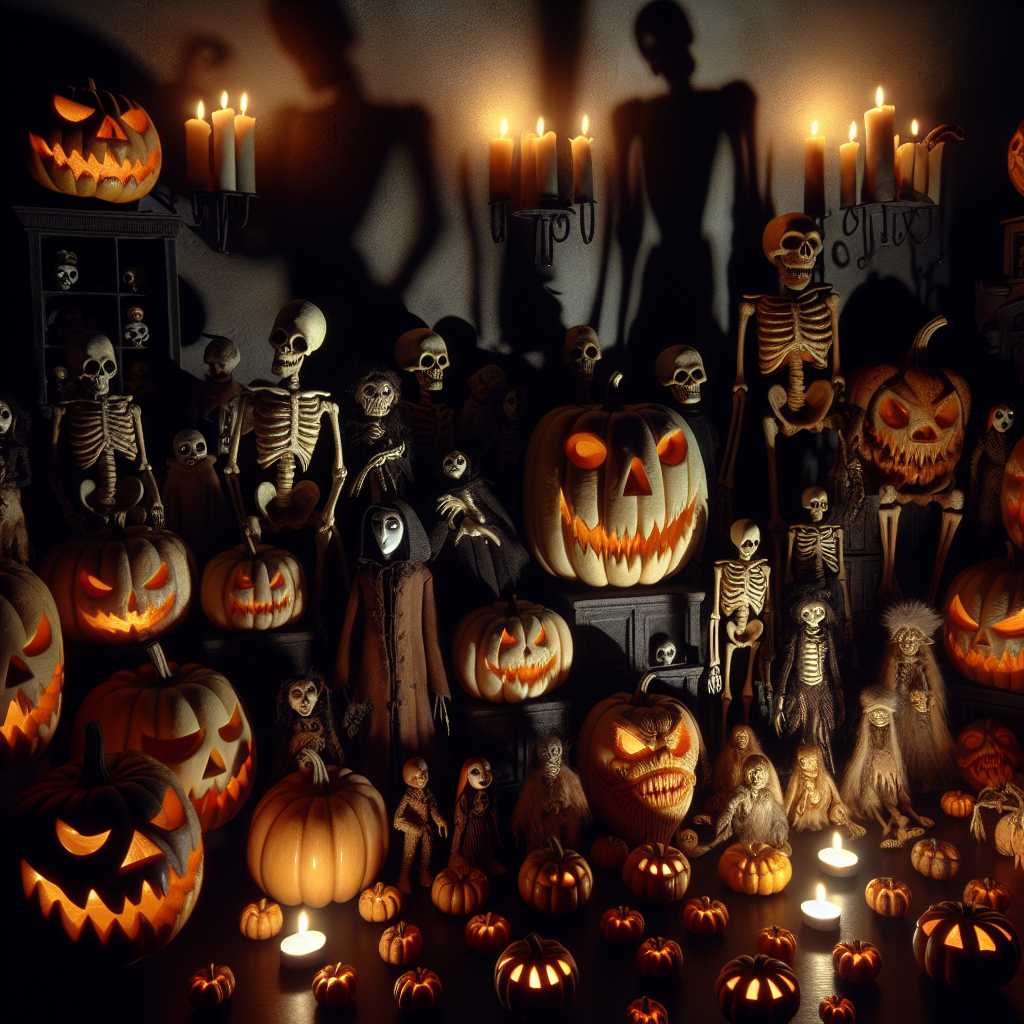The Enduring Appeal of Halloween Movies: A Cinematic Tradition Embracing Fear and Fun
Halloween movies have become a staple in the cinematic landscape, capturing the essence of one of America’s most beloved holidays. From classic horror films to family-friendly adventures, these movies span a broad range of genres, catering to the desires of different age groups and preferences. This article delves into the various facets of Halloween-themed films, exploring their cultural importance, typical elements, and their evolution over the years.
Cultural Significance of Halloween Films
Halloween is a rich cultural event characterized by its traditions of costumes, trick-or-treating, and, of course, storytelling. Films centered around Halloween capture this spirit by reflecting societal fears, showcasing supernatural themes, or simply embracing the holiday’s atmosphere. The influence of these films extends beyond mere entertainment; they often become integral parts of Halloween celebrations, with families and friends gathering to watch their favorites as a Halloween tradition.
Horror movies released around the Halloween season benefit from increased interest, as this is when audiences are particularly eager to indulge in narratives that provoke fear and suspense. In a sense, watching scary movies during this time has become as synonymous with the holiday as pumpkin carving.
Evolution and Diversity of Halloween Flicks
From the silent film era to modern streaming releases, Halloween movies have significantly evolved over time. Early films such as “Nosferatu” (1922) played on the primal fear of the unknown and the grotesque. Advances in filmmaking technology allowed for more sophisticated scares in later decades, with iconic monsters like Dracula, Frankenstein, and the Wolfman becoming part of the canon of classic horror.
In the 1970s and 1980s, slasher movies like “Halloween” (1978) redefined the genre, offering a more visceral and psychological form of horror compared to their predecessors. This film not only set a benchmark for thriller/horror but also cemented the idea of associating frightening tales tightly with Halloween night.
More recently, Halloween movies have broadened beyond strictly horror themes to include animated children’s movies like “It’s the Great Pumpkin, Charlie Brown” (1966) and “Hotel Transylvania” (2012), as well as horror comedies such as “Beetlejuice” (1988), demonstrating how these films can straddle multiple genres to appeal to varying tastes.
Key Elements That Make Up Halloween Movies
Each genre under the Halloween movie umbrella contains standard features that make its connection to the holiday clear. Traditional horror films typically emphasize dark atmospherics, an ominous soundtrack, and vibrant character archetypes like zombies, ghosts, witches, and vampires. Family-friendly films tend to highlight themes such as friendship and adventure while using familiar Halloween symbolism for a lighter touch that evokes wonder rather than fear.
With the growing acknowledgment of psychological depth in horror films, many modern offerings blend cultural commentary with chilling plotlines. This can include explorations of societal issues or deconstructions of ancient myths within a Halloween context—taking what once originated as mere scary stories into pensively provocative cinema.
Influence of Halloween Movies on Popular Culture
Halloween occupies a particular corner in the ecosystem of pop culture where movies serve not only to entertain but also to inspire. It is common for successful Hollywood horror franchises to lead to merchandise sales, theme park attractions, graphic novels, television series spin-offs, or even entire subcultures celebrating various aspects depicted in these movies.
These films also inspire annual events at movie theaters and television specials that contribute significantly to their popularity. Horror movie marathons have almost become synonymous with October 31st for ardent fans who appreciate a more immersive experience leading up to Halloween night.
